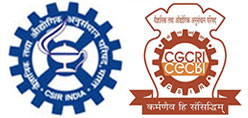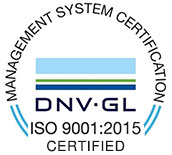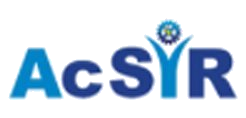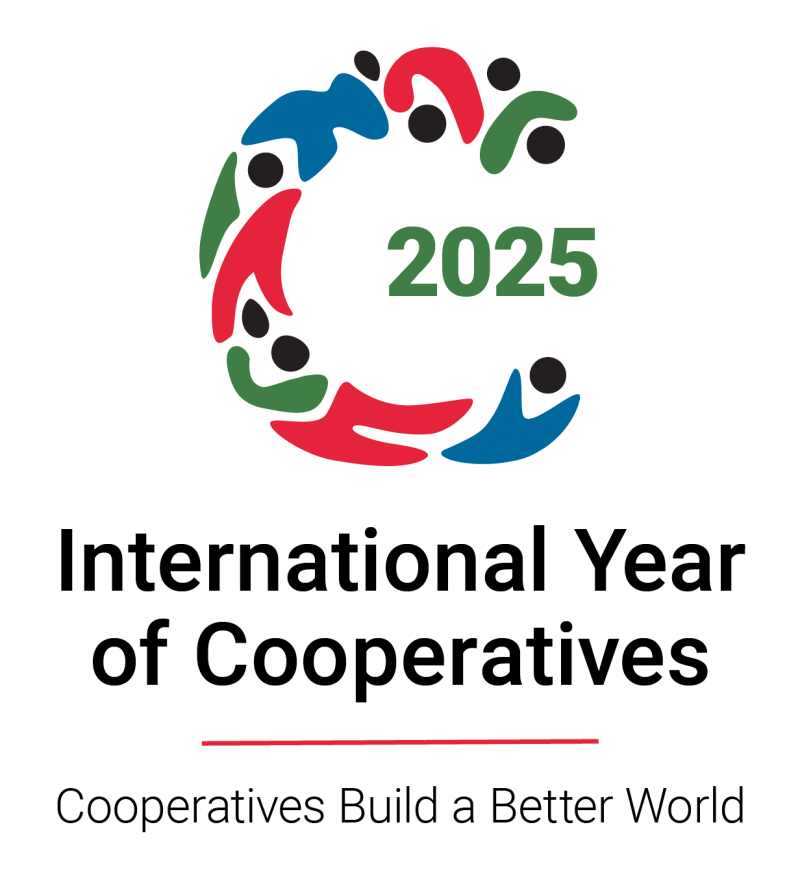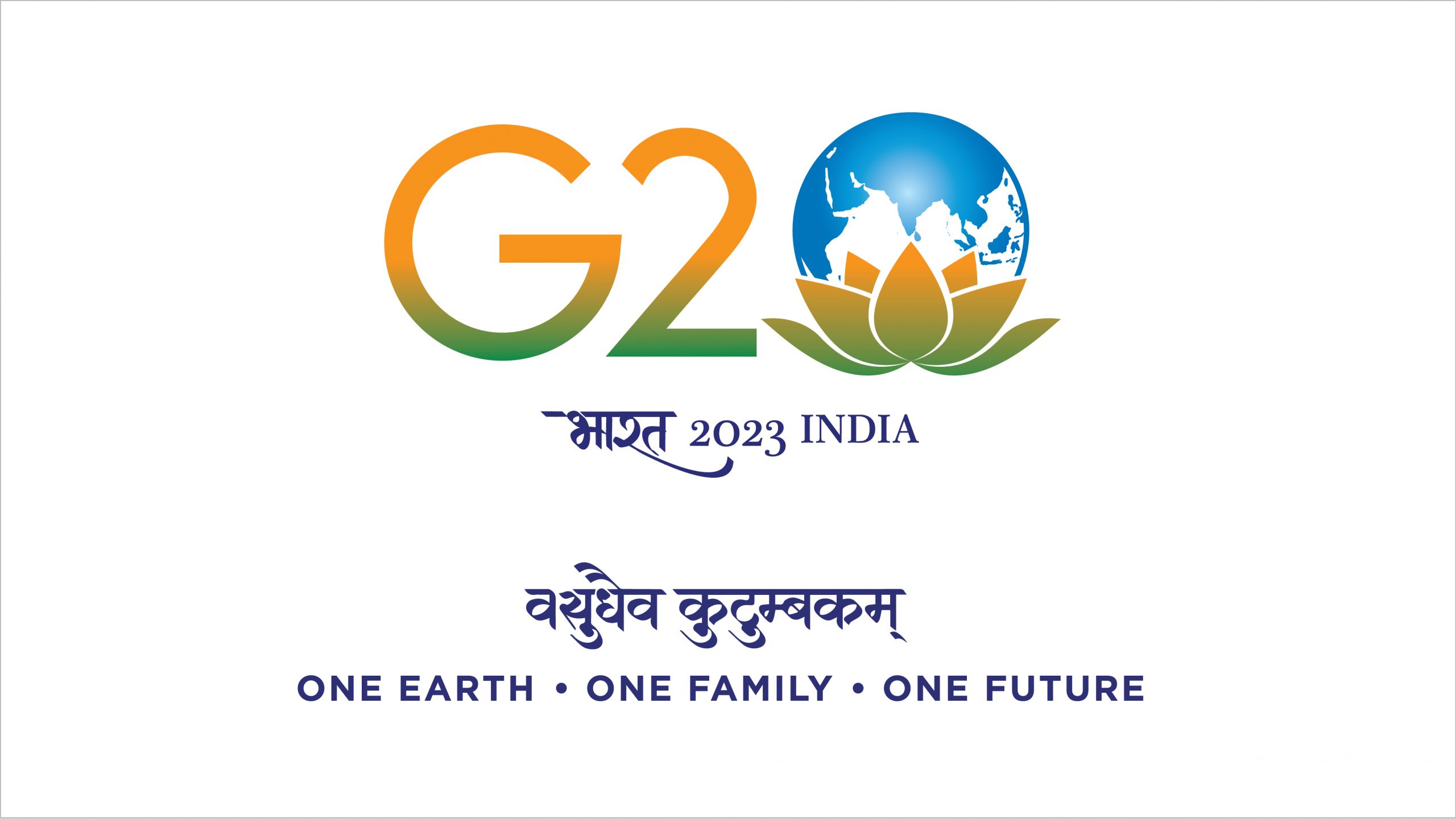English | हिन्दी
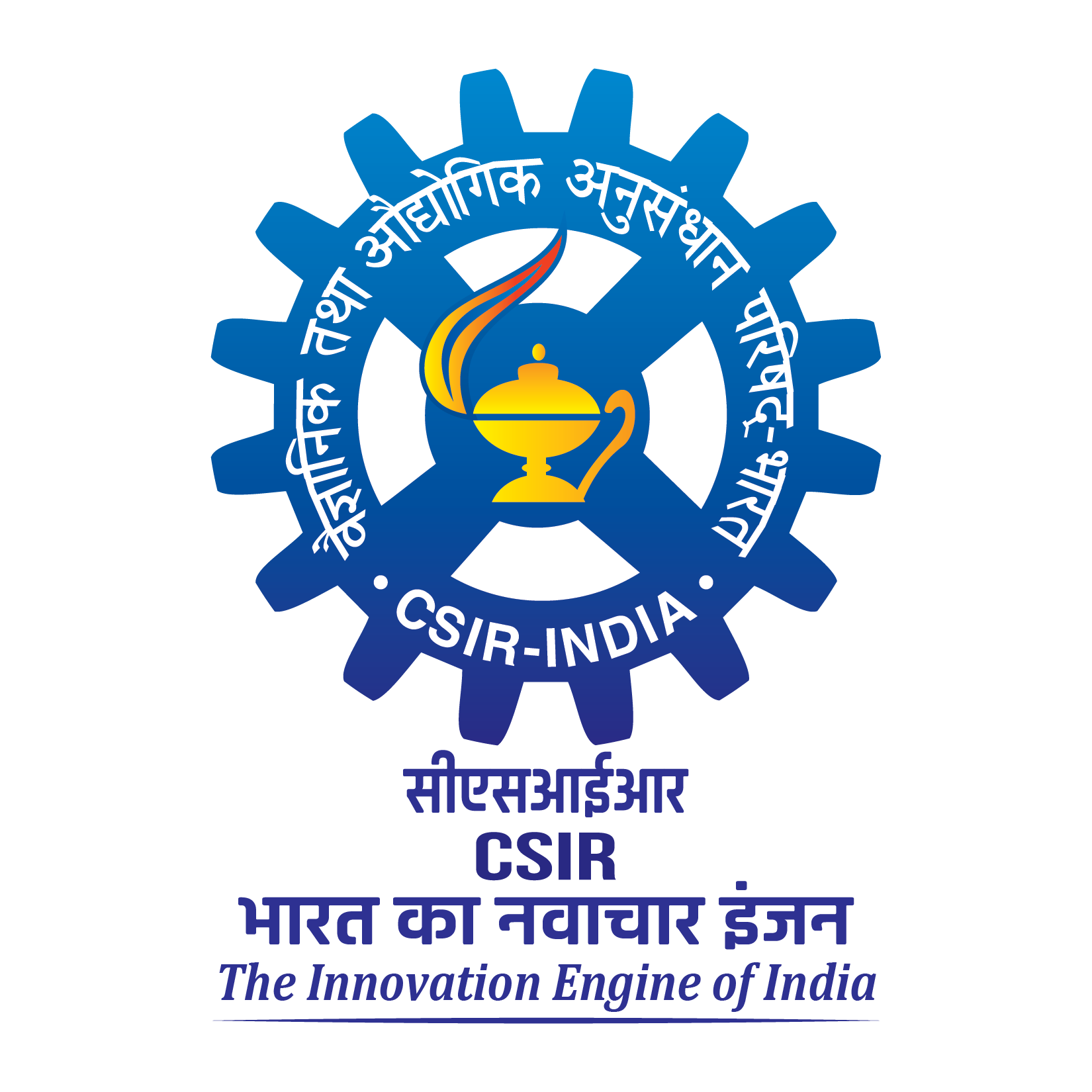
সিএসআইআর-কেন্দ্রীয় কাঁচ ও সেরামিক গবেষণা সংস্থা
सीएसआईआर-केंद्रीय काँच एवं सिरामिक अनुसंधान संस्थान
CSIR-Central Glass & Ceramic Research Institute
"Innovation in Ceramics and Glass for the mankind"
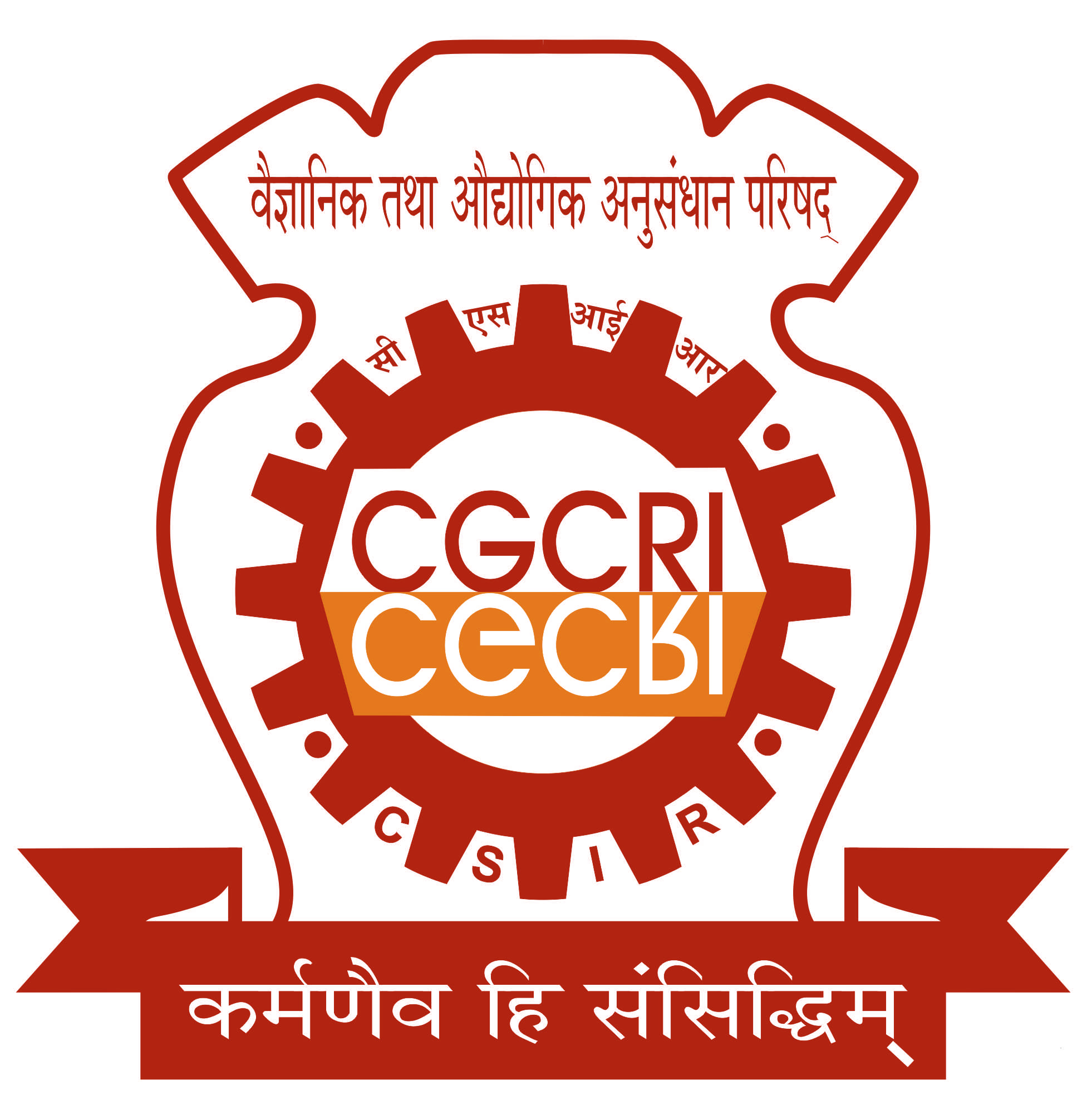
Membrane and Separation Technology
Overview
India is one of the largest expanding economies having high future potential. The high economic and population growth rates are accompanied by an increase in the standard of living and a huge rise of energy and water demand as well as soaring emissions of greenhouse gases such as CO2. Much of this economic and corresponding social development is expected to take place in rural areas. In consequence, provision of clean and sustainable water to the rural population becomes increasingly crucial. At the same time it is crucial that this water is produced by environmentally friendly methods, e.g. using renewable energy resources and energy-efficient technologies. Rural India has more than 800 million people residing in about 1.42 million habitations spread over 15 diverse ecological regions. Groundwater is the major source of water in India with 85% of the population dependent on it. The health burden of poor water quality is enormous. It is estimated that around 37.7 million Indians are affected by water borne diseases annually, 1.5 million children are estimated to die of diarrhoea alone and 73 million working days are lost due to waterborne diseases each year. The resulting economic burden is estimated at $ 600 million a year(Reference : Drinking water quality in rural India: issues and approaches, https://washmatters.wateraid.org). Hence in India access to safe water is regarded as the primary factor responsible for limiting development. The average availability of water is reducing steadily with the growing population and it is estimated that by 2020 India will become a water stressed nation. Therefore the improvement and extension of water treatment remains an important and necessary objective of the Indian government. In addition, volume and the quality of industrial effluents in India is a matter of serious concern. There is a growing need for low footprint and energy efficient technologies for effluent treatment aiming at zero liquid discharge.
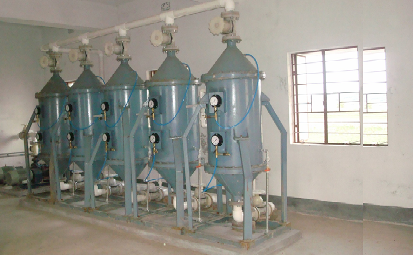
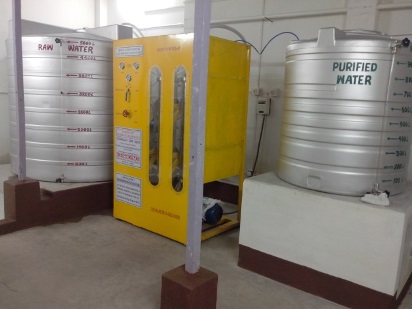
Membrane and Separation Technology Division is mandated to contribute significantly in research and development leading to practical application (Lab to land) in the field of water treatment, wastewater treatment, gas separation, green energy, recycling and reuse with special emphasis in development of new generation ceramic membranes and ceramic polymer composite membranes leading to application of such membranes for water treatment, wastewater treatment and reuse.
• Superhydrophobic membrane development (contact angle >1500) on ceramic support for multifaceted applications such as, CO2 capture, oil refinery waste treatment, downstream processing of biofuel and emerging contaminants remediation
• Sustainable recycling strategy for textile fabric waste derived biochar in emerging contaminants remediation and immobilization of the spent adsorbent as efficient electrode material for green energy storage device
Areas of Research
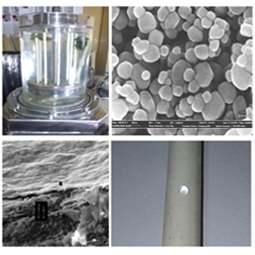
- Ceramic monolithic porous support development
- Ceramic microfiltration membrane
- Ceramic ultrafiltration membrane
- Ceramic polymer composite membrane
- Hydrophobic membranes
- Arsenic remediation from groundwater
- Iron remediation from groundwater
- Surface water pre-treatment
- Adosrbent development
- Industrial wastewater Treatment
- Membrane bioreactor
- Algae based wastewater treatment
- Biomass and biofuel
- Fruit juice clarification
- Water recycle and reuse
- Heavy metal remediation
- Sludge management
- Dust Filtration
- Clean Energy Application (Metallic & Zeolytic membranes for mixture gas separation)
- CO2 Sequestration (Enrichment of flue gas & lean gas)
- Membrane distillation
Technology Developed
| Title | Recipient |
| Ceramic membrane based high capacity modules for pretreatment of turbid water for polishing of iron & arsenic contaminated water using micro filtration technique | 1. Porel Dass Water & Effluent Control Pvt. Ltd., Kolkata on 11.05.2011 2. Sarvo Technologies Limited, Faridabad on 30.8.2017 |
| Ceramic Membrane based Technology for Arsenic & Iron Removal from Groundwater | 1. Entech Metals Pvt. Ltd., Kolkata on 23/04/03 2. Entech Metals Pvt. Ltd. on 22/07/13 3. Victor Engineering Co., Assam on 7.10.2015 4. Porel Dass Water & Effluent Control Pvt. Ltd., Kolkata on 24.04.2015 5. Zeolite (India) Pvt. Ltd. on 11.9.2017 6. Rollabss Hi Tech Industries, on 27.03.2018 |
Divisional Facilities
List of the testing facilities at Water Technology Division:
| Sl No. | Nature of the Sample | Testing parameters |
| 1 | Water and Wastewater | Turbidity |
| pH | ||
| Total Dissolved Solid(TDS) | ||
| Conductivity | ||
| Salinity | ||
| Total Suspended Solid (TSS) | ||
| Total Iron | ||
| Total Arsenic | ||
| Total Organic Carbon (TOC) | ||
| Total Kjeldahl Nitrogen (TKN) | ||
| Anions : Fluoride, Chloride, Bromide, Nitrate, Phosphate, Sulfate | ||
| Cations: Lithium, Sodium, Potassium, Calcium, Magnesium, Nickel, Zinc, Cobalt, Cadmium | ||
| Chemical Oxygen Demand (COD) | ||
| Biological Oxygen Demand (BOD) | ||
| MPN (Total coliform) | ||
| Oil & Grease | ||
| 2 | Ceramic Membrane | Pore size Distribution |
Analytical Facilities at Water Technology Division:
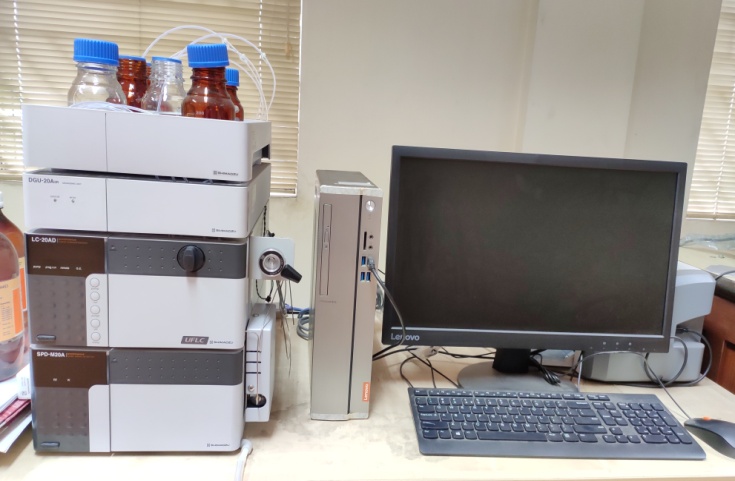
Ultra-Fast Liquid Chromatography (UFLC)
| Name of the Instrument | Ultra Fast Liquid Chromatography (UFLC) |
| Specification | Determination of Pesticides, pharmaceutical components and personal care product of liquid sample |
| Model & Make | Shimadza Corporation, Japan |
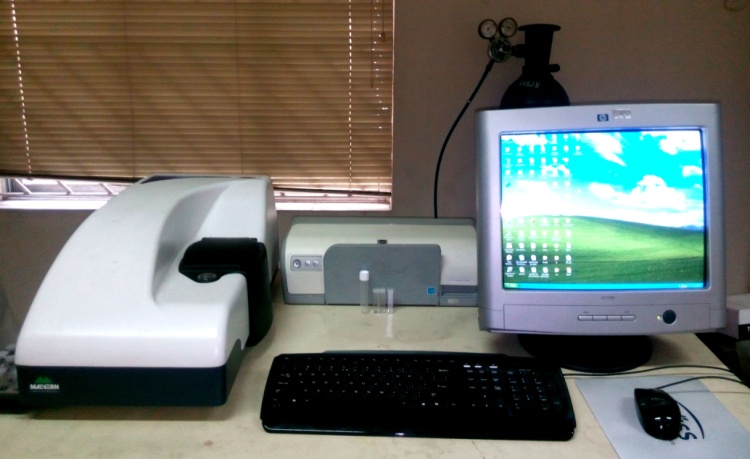
Zeta Sizer Analyzer (Nano series)
| Name of the Instrument | Zeta Sizer Analyzer ( Nano series) |
| Specification | Analysis of particles size 1µm-1nm in aqueous & non aqueous medium |
| Model & Make | ZEN1600, Malvern, UK |
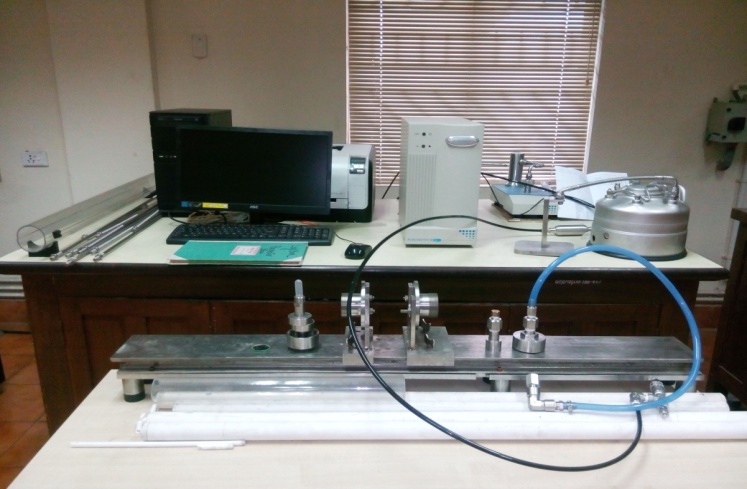
Pore Size Analyzer
| Name of the Instrument | Pore Size Analyzer |
| Specification | Analysis of MF range of pore size for single and multi channel membranes upto 1 meter length |
| Model & Make | Porometer 3G , Quantachrom, USA |
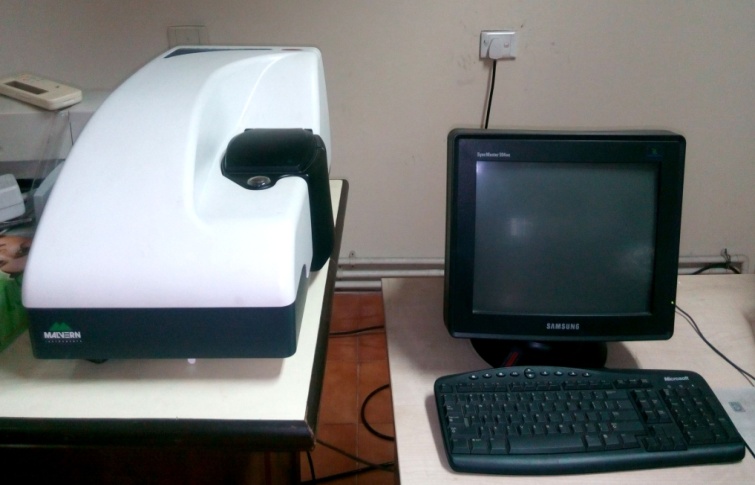
Zeta Potential Analyzer
| Name of the Instrument | Zeta Potential Analyzer (Z series) |
| Specification | Zeta potential of stable suspension of nano particles in aqueous medium |
| Model & Make | ZEN2600, Malvern, UK |
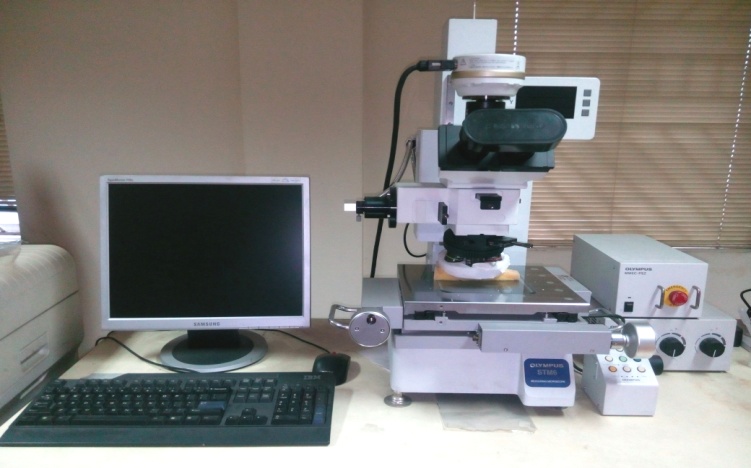
Optical Microscope
| Name of the Instrument | Optical Microscope |
| Specification | Magnification upto 100X |
| Model & Make | STM6, Olympus, Japan |
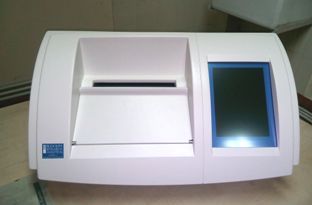
Polarimeter
| Name of the Instrument | Polarimeter |
| Specification | ± 89.9 degree Arc optical rotation, Std. wavelength 589nm & 880nm |
| Model & Make | Rudolph Research Analytical, USA |
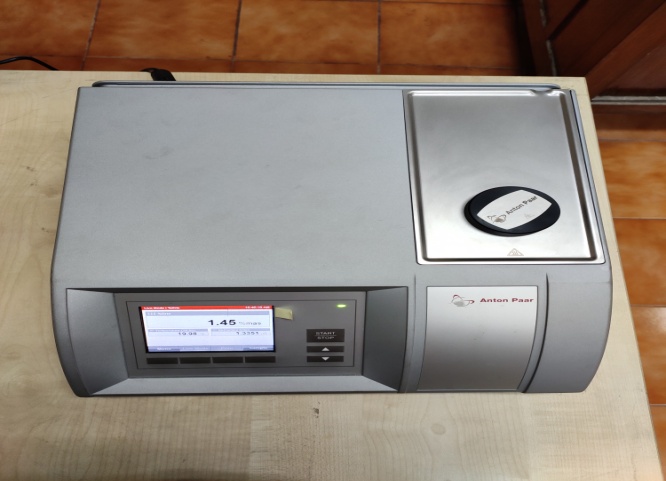
Refractometer
| Name of the Instrument | Refractometer |
| Specification | Measure the refractive index and concentration of liquids |
| Model & Make | Anton Paar GmbH, Austria |
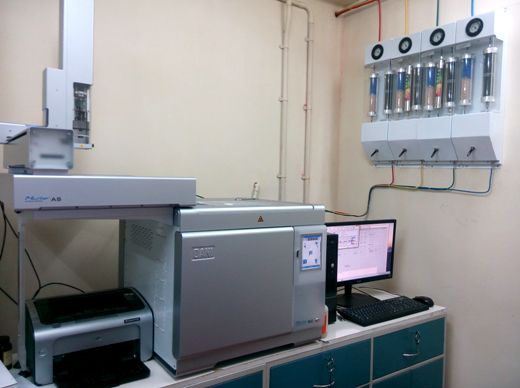
Gas Chromatography
| Name of the Instrument | Gas Chromatography (GC) |
| Specification | Analysis of Ethanol, Bio-diesel, Pesticide, Nitrogen and Phosphorus |
| Model & Make | Dani, Italy |
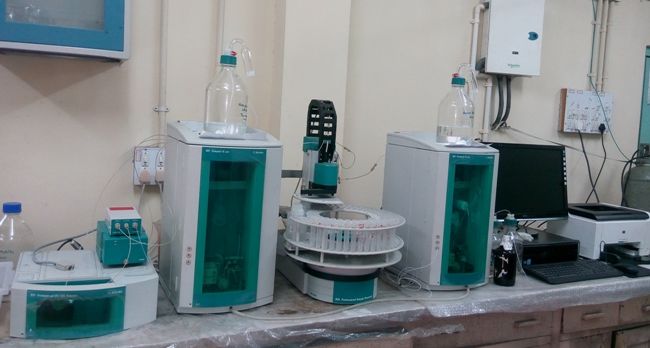
Ion Chromatography
| Name of the Instrument | Ion Chromatography (IC) |
| Specification | Elemental analysis of Anions (F, Cl, Br, NO3, PO4, SO4 Cation (Li, Na, K, Ca, Mg) T-metals (Ni, Zn, Co, Cd) & Pesticide(Atrazine) of liquid sample. |
| Model & Make | Metrohm, Switzerland |
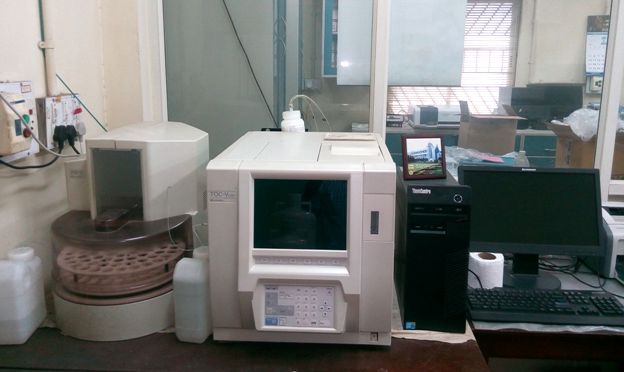
Total Organic Carbon Analyzer
| Name of the Instruments | Total Organic carbon Analyzer |
| Specification | Analysis of total organic carbon of liquid sample. |
| Model & Make | Shimadza Corporation, Japan |
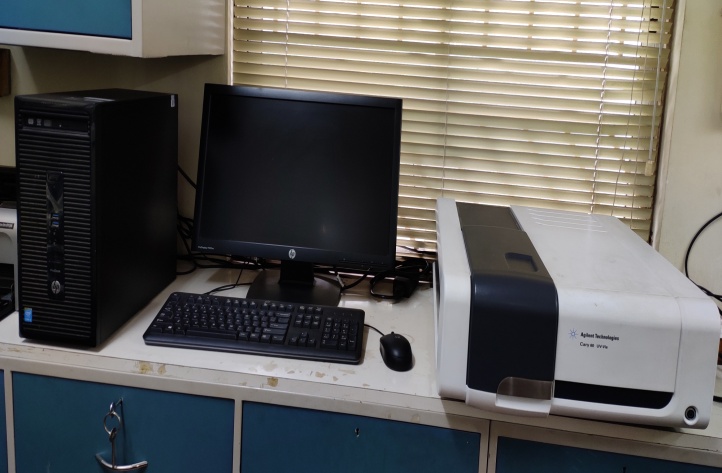
Spectrophotometer
| Name of the Instrument | Spectrophotometer |
| Specification | Measure the concentration of solutes in solution by measuring the amount of the light that is absorbed by the solution in a cuvette placed in the spectrophotometer. |
| Model & Make | Carry60, Agilent Technologies, India |
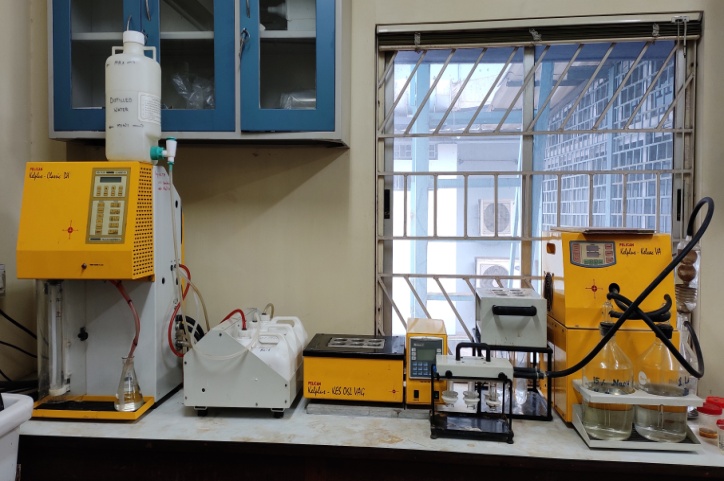
Total Kjeldahl Nitrogen (TKN)
| Name of the Instrument | Total Kjeldahl Nitrogen (TKN) |
| Specification | Quantitative determination of nitrogen contained in organic substances plus the nitrogen contained in the inorganic compounds ammonia and ammonium of liquid sample. |
| Model & Make | Pelican Equipment, India |
Last Updated on September 26, 2025
